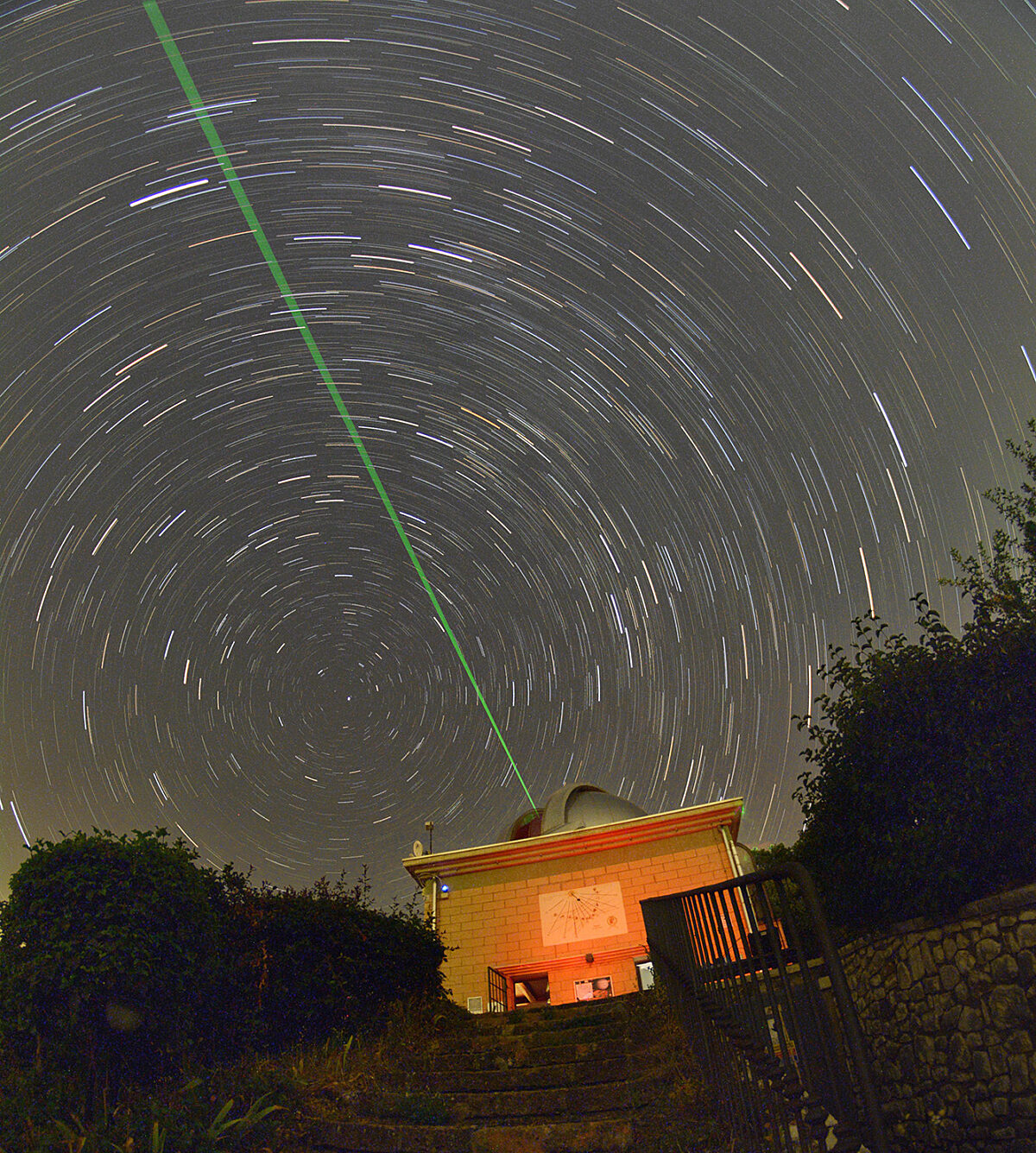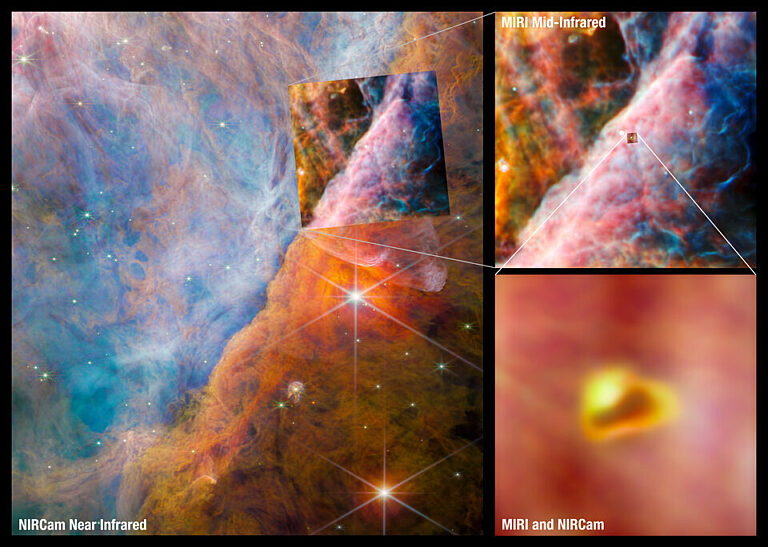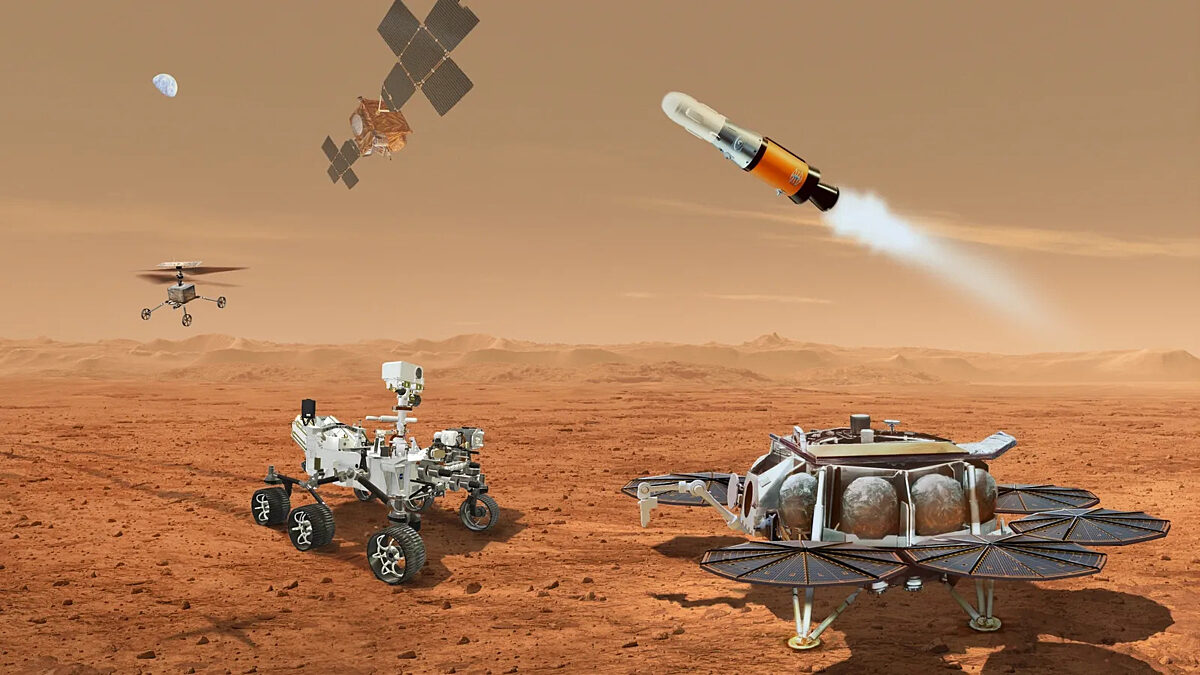The Downlink • Jun 30, 2023
Searching the skies to keep us all alive
Space Snapshot

Today is Asteroid Day, a UN-sanctioned global celebration of asteroids and planetary defense. Today and year-round, planetary defenders around the world are working to protect the Earth from asteroid impacts. Thanks to the support of Planetary Society members and donors, those defenders’ work just got a boost. We’re thrilled to announce the latest winners of our Shoemaker NEO grants, which help highly skilled amateur asteroid hunters look for near-Earth objects. Learn more about the winners, and make a gift to help ensure the future of this program is even stronger. Pictured: The Serafino Zani Astronomical Observatory in Italy, where grant winner Andrea Soffiantini and his team search the skies for dangerous asteroids. Image credit: Andrea Soffiantini.
You love space, now take action
This weekly newsletter is your toolkit to learn more about space, share information with your friends and family, and take direct action to support exploration. Anyone can subscribe at planetary.org/connect to receive it as a weekly email.
Mission Briefings


JWST has found signs of an essential carbon molecule in a planet-forming disk. Methenium, also known as the methyl cation, is a carbon compound thought to play an important role in organic chemistry by building more complex carbon molecules, which are foundational to life as we know it. JWST once again proved its astonishing sensitivity when it detected methenium in a protoplanetary disk in the Orion Nebula. Pictured: The location of the protoplanetary disk within the Orion Nebula. Image credit: ESA/Webb, NASA, CSA, M. Zamani, the PDRs4All ERS Team.

Researchers have found an object that blurs the line between planet and star. The object is a brown dwarf, a class of celestial objects that typically is hotter than planets but cooler than the coolest red dwarf stars. This particular brown dwarf has temperatures hotter than those of the Sun, although just on one side. This is because that side faces a very nearby white dwarf star. This new discovery is shedding light on classes of objects that defy our usual categorization.

ESA is taking big steps to reduce orbital debris. The European Space Agency and three European satellite manufacturers recently announced plans to address the issue of potentially dangerous debris in Earth orbit. They are developing a Zero Debris Charter that will hold signatories responsible for deorbiting their satellites at the end of their operating lives.
From The Planetary Society


Mars Sample Return is facing challenges. The NASA program — which aims to collect and return to Earth the samples of Martian regolith that the Perseverance rover has been selecting and caching — is undergoing a second independent review amid growing cost estimates and daunting technical and managerial challenges. Planetary Society Chief of Space Policy Casey Dreier unpacks the issue and explains how it could affect other planetary science missions. Pictured: An illustration of the various elements of the overall Mars Sample Return effort. Image credit: NASA/JPL-Caltech.

There’s an important asteroid-hunting mission that needs your help. NEO Surveyor would complement ground-based asteroid hunting work by looking for near-Earth objects from a place in space, aiming to find 90% of "city-killer"-sized asteroids within a decade. If you live in the United States you can send a pre-written letter to your representatives in Congress, asking them to support funding for this essential planetary defense mission.

The Sun has it all: power, beauty, and mystery. NASA’s Parker Solar Probe, which has been studying the Sun from a closer position than any previous mission ever has, is working to reduce some of that mysteriousness. James Drake from the University of Maryland joins this week’s Planetary Radio to talk about the latest results from the probe, particularly about the mystery of fast solar wind.
What's Up

Venus shines bright high in the west after sunset. Higher up, Mars shines dimmer and reddish, close to the bright star Regulus. Saturn rises in the east around midnight, with bright Jupiter rising just before sunrise. Learn more at planetary.org/night-sky.
Wow of the Week

Asteroid hunting goes way back. For one of our Shoemaker NEO grant winners, it also has deep roots in his family. Vladimir Benishek of the Sopot Astronomical Observatory in Serbia won a $9,500 Shoemaker NEO grant in 2021 to support his work observing faint asteroids. His mother and grandfather were also astronomers. In the image above, you can see his grandfather Milorad Protitch’s identification (with arrows) of a newly discovered asteroid, named asteroid 1564 Srbija (Serbia) in 1936. Read more about Vladimir’s asteroid-hunting origin story.
Special Note
We will not be producing a Downlink on Friday, July 7.


 Explore Worlds
Explore Worlds Find Life
Find Life Defend Earth
Defend Earth


